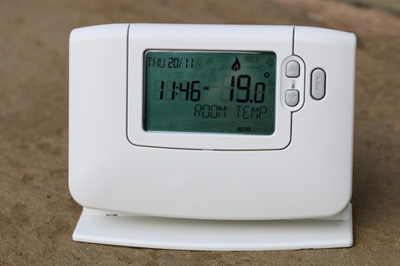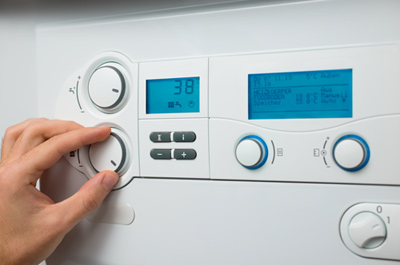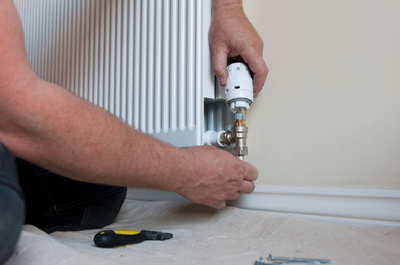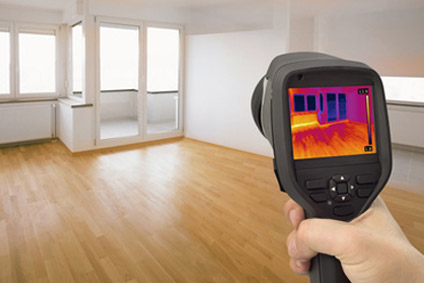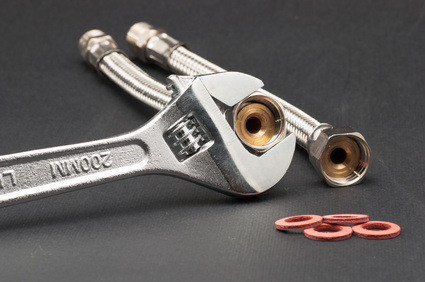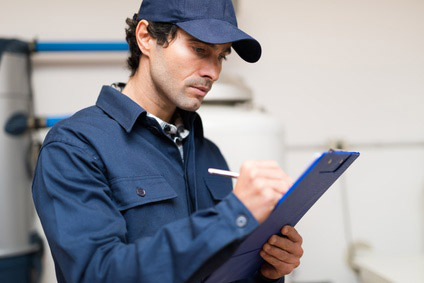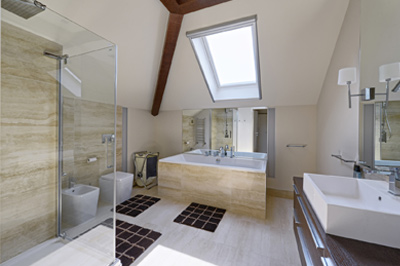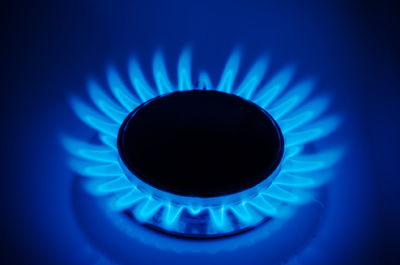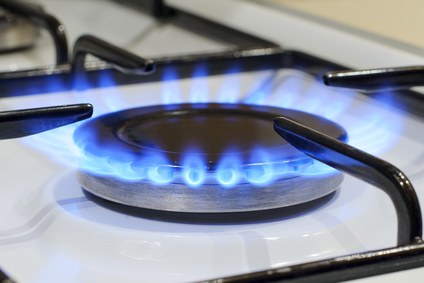Essential Plumbing Installations in A New Home
- Details
- Published: Monday, 26 February 2018 13:40
Getting the keys to your new home is not the end-all for home buyers. You have to consider several other factors like interior designing, landscaping, furniture, and accessories and of course, not to forget - plumbing.
Installation of plumbing fixtures is one of the primary requisites for setting up your new home. But, before you indulge in any such activity, you must get acquainted with the local codes, which vary not only from state to state but also council to council.
Furthermore, you should always opt for licensed new home plumbers to ensure 100% efficiency. After all, it is your new home. You should not leave any stone unturned to turn it into your dream abode, which only the city's best interior designer cannot achieve. So, let us turn to some of the essential plumbing installations that should not be left out in any way.
Plumbing Fixtures
The installation of tubs and shower units should be undertaken even before the walls and doorways are framed. Make sure you cover these new elements with cardboard, old rugs or old blankets, as a lot of construction works will follow.
These coverings will prevent scratches on the new plumbing fixtures. Setting and connecting the sinks and commodes can be done after the walls are finished, and the floor is laid.
Water Supply
It is needless to say that the water supply system is indispensable to the plumbing requirements of a new home. Make sure you abide by the local regulations when installing the same. The main water line should enter the house below the frost line and divide into two distinct channels; one supplying normal water and the other connecting with the hot water system to function accordingly.
Ask the new home plumbers in Mandurah to use a manifold system so that each function individually and, you can shut off any one of them without affecting the main water supply.
Vent pipes
There should be a vent pipe for every drain. About 2 inches in diameter, these pipes maintain a constant air supply and connect to the vent-and-soil stack in the attic or exit the roof separately, depending on the structure of the house. The vent pipes are installed behind the sink. They prevent water locks to a great extent.
Drain Traps
The U-shaped pipes that every plumbing fixture requires prevent sewer gases from building up inside the house and, keep the environment clean. All sinks, showers, and tubs should have a drain trap except the commode which has one of its own at the base.
Drainage
Of course, you cannot forget this one! Laying of drain pipes is a no-brainer for new homes plumbers. In a proper plumbing installation process, the waste drains run through the stack, pour waste water down the main sewer drain, exit the home and, connect to the municipal sewer or a personal septic system.
We hope you found some valuable information from this blog, if you have any questions please do not hesitate to fill out our contact form.

